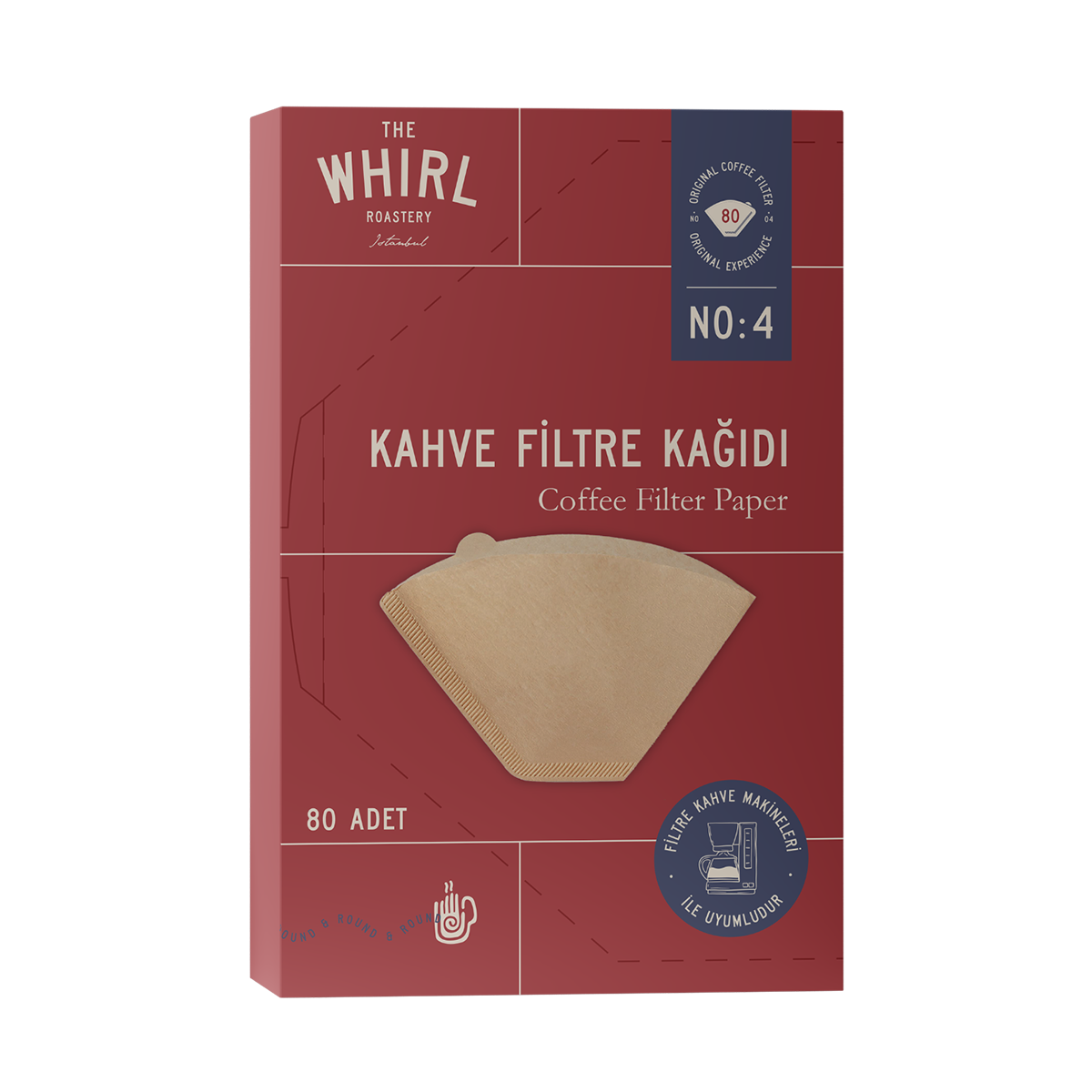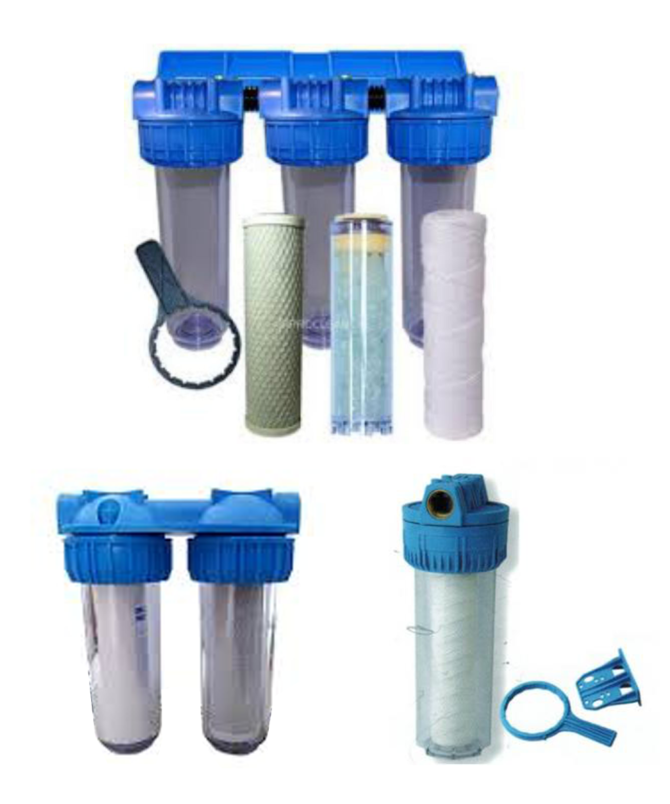So, you're probably wondering what the heck "filtre inversé" means and why it's such a big deal right now. Well, my friend, get ready to dive deep into the world of inverted filtering—a technique that’s transforming industries, sparking creativity, and solving problems in ways we never thought possible. Whether you're into photography, data science, or even just trying to level up your problem-solving skills, this concept is about to blow your mind. So buckle up, because we're going on a journey to uncover the secrets of inverted filtering.
Let me paint you a picture. Imagine being able to flip challenges on their head, turning what seems impossible into something not only achievable but also incredibly effective. That's exactly what inverted filtering does. It's like taking a traditional approach, flipping it upside down, and creating something revolutionary. From enhancing image clarity in photography to streamlining complex datasets, the applications are endless.
Now, I know what you're thinking—"Is this just another buzzword?" Nope, not at all. Inverted filtering has real-world applications that are reshaping industries. By understanding its principles and learning how to apply them, you can unlock new levels of creativity and efficiency. Stick around, because by the end of this article, you'll have a solid grasp of what filtre inversé is, how it works, and why it matters. Let's get started!
Read also:Ozuna Race
What Exactly Is Inverted Filtering?
Alright, let's break it down. At its core, inverted filtering is all about reversing the process of traditional filtering methods. Think about it like this: when you're dealing with a problem or dataset, instead of focusing on what you want to keep, you focus on what you want to eliminate. This shift in perspective opens up new possibilities and often leads to more efficient solutions.
In the context of image processing, for example, inverted filtering can help recover lost details or enhance specific features by reversing the effects of blurring or distortion. In data analysis, it can mean isolating noise or irrelevant information to reveal hidden patterns. The beauty of inverted filtering lies in its versatility—it can be applied across various fields, from engineering to marketing.
Why Should You Care About Filtre Inversé?
Here's the deal: if you're looking to stay ahead of the curve in your field, understanding inverted filtering is a must. Whether you're a photographer aiming to perfect your craft, a data scientist tackling complex datasets, or a business owner seeking innovative solutions, this technique can give you an edge.
- For photographers, it can mean sharper images and better detail recovery.
- For data analysts, it can simplify the process of identifying key trends.
- For businesses, it can lead to more effective problem-solving strategies.
So, yeah, it's kind of a big deal.
How Does Filtre Inversé Work?
Now that we've established what inverted filtering is, let's talk about how it actually works. At a high level, the process involves analyzing the input, identifying what needs to be filtered out, and then applying the reverse operation to achieve the desired outcome. Sounds simple enough, right? Well, there's a bit more to it than that.
In technical terms, inverted filtering often involves mathematical models and algorithms designed to reverse the effects of certain operations. For example, in image restoration, it might involve applying a Fourier transform to analyze frequency components and then using an inverse filter to recover lost details. In data analysis, it could mean using statistical methods to isolate and remove noise, leaving behind only the relevant information.
Read also:Sarah Paulson Networth
The Science Behind It
Let's geek out for a second. The science behind inverted filtering is rooted in signal processing and mathematics. By understanding the properties of the signals or data you're working with, you can design filters that not only remove unwanted elements but also enhance the desired ones.
According to research published in the IEEE Transactions on Image Processing, inverted filtering techniques have shown significant improvements in image restoration tasks. These techniques leverage advanced algorithms to accurately model and reverse degradation processes, resulting in clearer and more detailed images.
Applications of Inverted Filtering
So, where exactly can you apply inverted filtering? The answer is: pretty much everywhere. Let's take a look at some of the most exciting applications across different fields.
Photography and Image Processing
For photographers and graphic designers, inverted filtering is a game-changer. It allows for the recovery of lost details, reduction of noise, and enhancement of specific features in images. Whether you're restoring old photographs or perfecting modern shots, this technique can help you achieve professional-grade results.
Data Science and Analytics
In the world of data science, inverted filtering is used to clean and preprocess datasets. By isolating and removing noise or irrelevant information, analysts can uncover hidden patterns and insights that might otherwise go unnoticed. This leads to more accurate predictions and better decision-making.
Engineering and Signal Processing
Engineers use inverted filtering to improve the performance of systems and devices. Whether it's enhancing audio quality, improving sensor accuracy, or optimizing communication signals, this technique plays a crucial role in ensuring optimal functionality.
Benefits of Using Filtre Inversé
Now, let's talk about why you should consider incorporating inverted filtering into your workflow. The benefits are numerous and can have a significant impact on your projects or business.
- Improved Accuracy: By focusing on what to eliminate rather than what to keep, you can achieve more precise results.
- Enhanced Efficiency: Inverted filtering often simplifies complex processes, saving you time and resources.
- Increased Creativity: Flipping traditional approaches on their head can lead to innovative solutions and new ways of thinking.
These benefits aren't just theoretical—they're backed by real-world success stories and case studies. Companies across various industries have reported improved outcomes and increased satisfaction after implementing inverted filtering techniques.
Challenges and Limitations
Of course, no technique is without its challenges. Inverted filtering does come with some limitations that you should be aware of. For starters, it requires a solid understanding of the underlying principles and often involves complex algorithms. Additionally, it may not always be the best solution for every problem, so it's important to evaluate its suitability for your specific needs.
Overcoming the Challenges
The good news is that with the right tools and knowledge, you can overcome these challenges. Investing in training and resources can help you master the technique and apply it effectively. Plus, there are plenty of online communities and forums where you can connect with experts and learn from their experiences.
Tools and Resources for Mastering Filtre Inversé
Ready to dive deeper? There are tons of tools and resources available to help you get started with inverted filtering. From software programs to online courses, you'll find everything you need to become a pro.
Software Programs
Some popular software options for implementing inverted filtering include MATLAB, Python libraries like NumPy and SciPy, and specialized image processing tools like Adobe Photoshop and GIMP. These programs offer powerful features and functions that make it easy to apply inverted filtering techniques to your projects.
Online Courses and Tutorials
If you're looking to learn more, there are plenty of online courses and tutorials available. Platforms like Coursera, Udemy, and LinkedIn Learning offer comprehensive courses on signal processing, image restoration, and data analysis, many of which cover inverted filtering in detail.
Real-World Examples of Success
Let's take a look at some real-world examples of how inverted filtering has been successfully applied. From restoring historical artifacts to improving medical imaging, the applications are truly remarkable.
Restoration of Historical Photographs
One of the most impressive examples of inverted filtering in action is the restoration of historical photographs. By applying advanced algorithms, researchers have been able to recover lost details and bring old images back to life, preserving valuable pieces of history for future generations.
Improving Medical Imaging
In the field of medicine, inverted filtering is used to enhance the quality of diagnostic images. This leads to more accurate diagnoses and better patient outcomes. For example, doctors can use these techniques to improve the clarity of MRI and CT scans, making it easier to detect abnormalities.
Conclusion
And there you have it—a comprehensive guide to mastering the art of inverted filtering. From understanding what filtre inversé is to exploring its applications and benefits, we've covered a lot of ground. By now, you should have a solid understanding of how this technique can transform the way you approach problems and projects.
So, what's next? Take what you've learned and start applying it to your own work. Experiment with different tools and techniques, and don't be afraid to think outside the box. The possibilities are endless, and the rewards can be life-changing. And remember, if you found this article helpful, be sure to share it with your friends and colleagues. Together, we can keep pushing the boundaries of innovation and creativity.
Table of Contents
- Introduction
- What Exactly Is Inverted Filtering?
- Why Should You Care About Filtre Inversé?
- How Does Filtre Inversé Work?
- Applications of Inverted Filtering
- Benefits of Using Filtre Inversé
- Challenges and Limitations
- Tools and Resources for Mastering Filtre Inversé
- Real-World Examples of Success
- Conclusion


